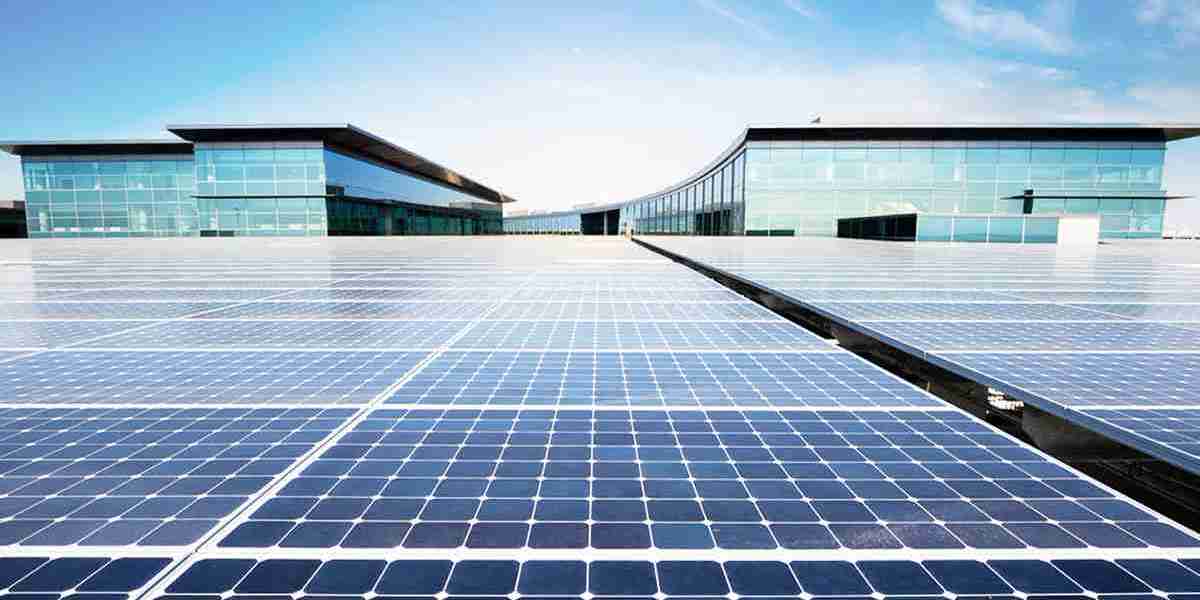The biodiesel market has undergone significant evolution over the past few decades, evolving from a niche renewable energy source to an essential component in the global energy transition. As environmental concerns regarding fossil fuels grow and the demand for sustainable energy increases, biodiesel's role in the energy sector has evolved, driven by technological advancements, policy changes, and changing consumer attitudes toward sustainability. Below are some of the key developments that have shaped the biodiesel market’s evolution.
1. Early Development and Introduction (1970s-1990s)
The development of biodiesel dates back to the early 20th century, but its commercial production started to gain traction in the 1970s during the oil crises. Biodiesel was first introduced as a potential alternative to traditional petroleum-based diesel fuel. Early on, biodiesel production was relatively limited, and the feedstocks primarily consisted of vegetable oils and animal fats. Over the years, biodiesel gained recognition as a potential energy solution to reduce dependence on fossil fuels and support energy security.
2. Advancements in Feedstocks (2000s-Present)
The evolution of biodiesel production is closely tied to advancements in feedstock utilization. Traditionally, biodiesel was produced from food-based crops like soybeans, corn, and palm oil. However, concerns over food security and the environmental impact of monocropping led to the exploration of alternative feedstocks. Research in the 2000s introduced second-generation biofuels, including algae, agricultural residues, and waste oils as feedstocks, significantly expanding the scope of biodiesel production. Today, innovations in feedstocks such as algae-based biodiesel hold promise for more sustainable and scalable biodiesel production.
3. Technological Advancements in Production Processes
Biodiesel production technology has evolved significantly, particularly in the area of transesterification, the chemical reaction that converts oils into biodiesel. Advances in catalysts, reactors, and process optimization have improved the efficiency of biodiesel production. New methods, such as enzymatic catalysis, have enhanced the utilization of waste oils and low-cost feedstocks, reducing production costs and making biodiesel more affordable. The integration of renewable energy sources like solar and wind power into biodiesel production facilities further reduces the carbon footprint of the biodiesel industry.
4. Policy Support and Regulatory Framework
Government policies and regulations have played a significant role in the evolution of the biodiesel market. In the early 2000s, countries like the United States and the European Union began implementing mandates and subsidies for biofuels, including biodiesel, as part of their broader efforts to reduce greenhouse gas emissions and promote renewable energy sources. These policies provided a foundation for market growth and increased investment in biodiesel production. Over time, regulatory frameworks have become more stringent, requiring biodiesel producers to meet higher sustainability standards and reduce the carbon intensity of their fuels.
5. Growing Market Demand and Global Expansion
The biodiesel market has expanded globally, driven by increased demand for renewable energy and sustainability. The European Union has been a major player in this market, with countries like Germany and France leading the way in biodiesel production and consumption. The United States, Brazil, and Argentina have also emerged as key producers of biodiesel. The growing demand for biodiesel from the transportation and industrial sectors, coupled with the ongoing pressure to reduce carbon emissions, has driven significant investments in biodiesel production facilities and infrastructure.
6. Emerging Trends and Future Evolution
The future of the biodiesel market is likely to be shaped by continued innovations in feedstocks, production processes, and sustainability standards. Algae-based biodiesel, which offers a more sustainable and scalable solution, is expected to play a major role in the evolution of the industry. Additionally, the integration of biodiesel with other renewable energy technologies, such as electric vehicles and hydrogen fuel cells, may further increase biodiesel’s relevance in the clean energy ecosystem.
Conclusion
The biodiesel market has come a long way since its inception, evolving through various phases of technological innovation, feedstock diversification, policy support, and growing market demand. As the world continues to prioritize sustainability and reduce its reliance on fossil fuels, biodiesel is poised to play a critical role in the transition to a cleaner, more sustainable energy future.




